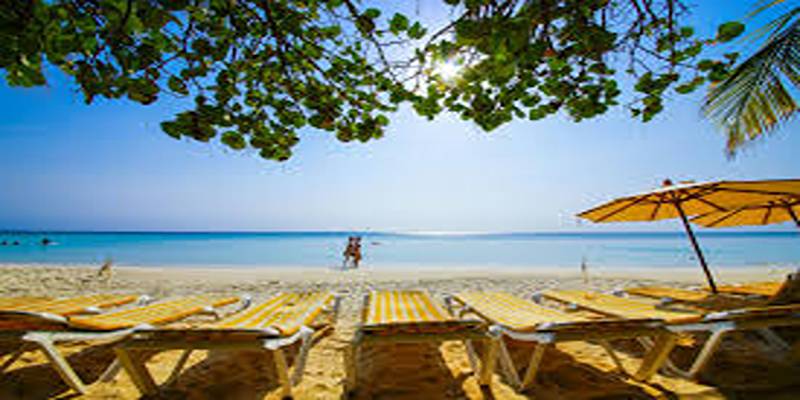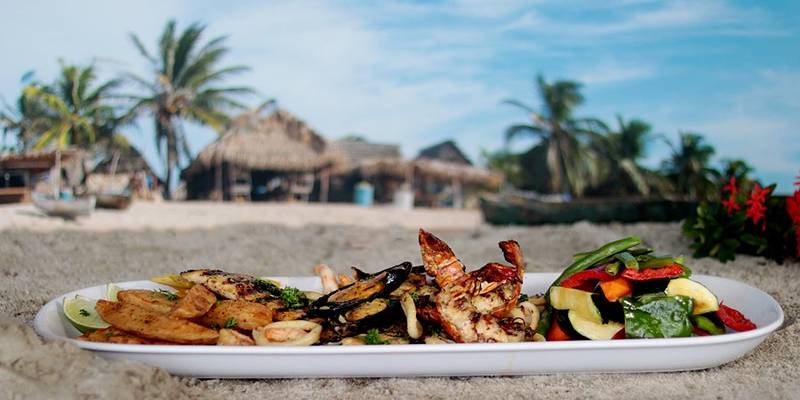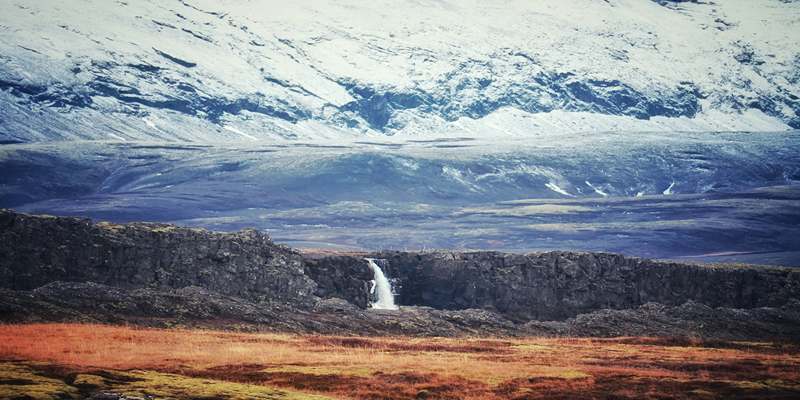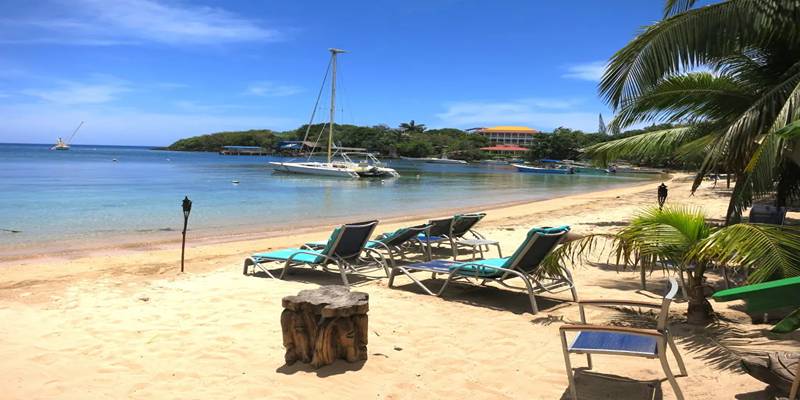Roatán, located off the northern coast of Honduras, is one of Central America’s best-kept secrets for travelers seeking turquoise water, lush greenery, and a laid-back atmosphere. As the largest of the Bay Islands, Roatán offers a mix of beach relaxation, outdoor adventure, and local culture that appeals to both nature lovers and casual vacationers.
For those visiting Roatán for the first time, planning the trip with local geography, transport options, and activities in mind helps make the experience smoother and more enjoyable. This guide covers everything a first-time visitor needs to know to explore the island comfortably and responsibly.
Getting to Roatán
Roatán is accessible by direct international flights from major U.S. cities and regional connections through mainland Honduras. The Juan Manuel Gálvez International Airport (RTB) welcomes flights from Houston, Miami, Atlanta, and other gateways, making it a convenient arrival point for travelers across North America.
Ferries from La Ceiba on the mainland also run regularly to Roatán, offering a scenic 70-minute boat ride. While air travel is faster, the ferry provides an alternative for those already exploring Honduras.
Best Time to Visit

Roatán enjoys a tropical climate with relatively warm temperatures year-round. The dry season typically runs from February to August, making this the most popular time for travel. September through January brings higher chances of rainfall, though showers are often brief and followed by sunshine.
For first-time visitors looking to avoid large cruise ship crowds, midweek stays or planning outside peak cruise schedules offers a more peaceful experience. Weather aside, the island remains inviting in all seasons, with green landscapes and consistent temperatures that average around 27°C (80°F).
Getting Around the Island
Roatán stretches about 40 miles from east to west, and the island’s size makes it easy to explore with a bit of planning. Local taxis are widely available, and many travelers use them for short trips between beaches, towns, or accommodations. It’s common to agree on a price before the ride, as meters are not always used.
Rental cars, scooters, and ATVs are also available, particularly in West End and French Harbour. For those who enjoy independent travel, renting a vehicle opens up the less-visited parts of the island, including remote beaches and nature reserves. There is no public bus system, but local minivans serve as informal shared taxis and can be an affordable way to move around for longer distances.
Where to Stay?
First-time travelers often base themselves in one of three main areas: West Bay, West End, or French Harbour.
- West Bay is home to the island’s most famous beach and several full-service resorts. It's ideal for travelers seeking comfort, ocean views, and immediate beach access.
- West End offers a more casual setting with guesthouses, dive shops, and cafés lining the road. It’s walkable, lively, and well-suited to visitors who want a mix of convenience and character.
- French Harbour, on the eastern side, is more residential and less touristy. It’s a good base for travelers interested in staying somewhere quieter or accessing the island’s golf course and marina.
What to Do in Roatán?
Roatán’s appeal lies in its combination of natural beauty and easy access to outdoor activities. Here are some highlights for first-time visitors:
Snorkeling and Diving
The island sits along the Mesoamerican Barrier Reef, the second-largest in the world. Crystal-clear waters and vibrant marine life make Roatán a top destination for snorkeling and scuba diving. Many dive shops operate in West End and West Bay, offering beginner courses, guided dives, and gear rentals.
For snorkeling, several sites are accessible right from the beach, especially at West Bay. Boat tours are also available for those interested in exploring nearby reefs and secluded swim spots.
Beaches
Roatán is known for its soft white-sand beaches and gentle waters. West Bay Beach is the most popular and well-equipped with loungers and food options, while Half Moon Bay in West End offers a quieter spot with great swimming.
Beyond the western side, beaches like Camp Bay and Paya Bay offer more solitude and room to spread out, especially for those willing to travel farther east.
Wildlife and Nature
Nature parks like Gumbalimba Park and Daniel Johnson’s Monkey and Sloth Hangout provide opportunities to see native animals up close. Visitors can interact with parrots and monkeys or observe sloths in shaded enclosures. Some of these places also feature botanical gardens and scenic walking paths.
Roatán’s mangroves and inland forests are also worth exploring. Eco tours are available by kayak or paddleboard, especially around Oak Ridge and Jonesville, where the water channels cut through peaceful coastal villages.
Ziplining and Canopy Tours
For a touch of adventure, zipline tours through the forest canopy offer scenic views and a light adrenaline boost. These excursions are typically led by local guides and suited for a range of ages and comfort levels.
Food and Refreshments

Roatán offers fresh, satisfying food influenced by the Caribbean and Honduran coastal culture. Most meals focus on seafood, rice, beans, coconut, and tropical produce.
Grilled fish, fried plantains, and fresh fruit are commonly available. Local eateries—often simple roadside shacks or open-air kitchens—serve meals that reflect the island’s cultural diversity. International cuisine is also present in larger towns, but visitors often find the local fare more flavorful and affordable.
For beverages, fresh juices such as tamarind, mango, and pineapple are widely available. Many restaurants offer blended fruit drinks that are refreshing and naturally sweet.
Conclusion
Roatán offers an easygoing, welcoming introduction to island life for first-time visitors. With its mix of beautiful beaches, accessible reef systems, and warm local culture, the island makes it easy to unwind and enjoy the natural setting at your own pace.
Whether the plan includes snorkeling, scenic walks, or simply soaking up the sun, Roatán is a destination where travelers can feel both relaxed and inspired. It’s the kind of place that invites you to slow down, stay longer, and come back often. The peaceful rhythm of island life here leaves a lasting impression on every traveler.












